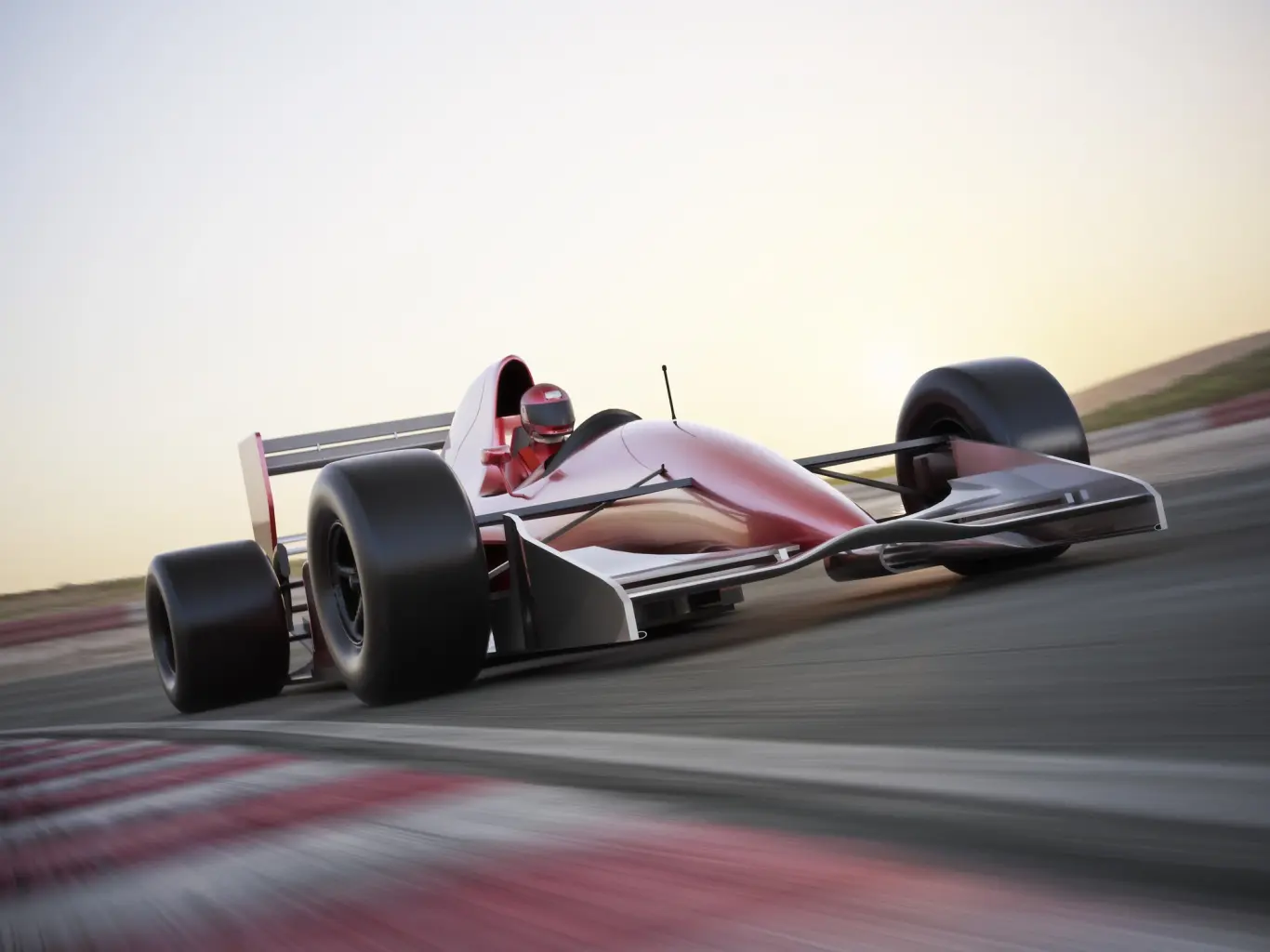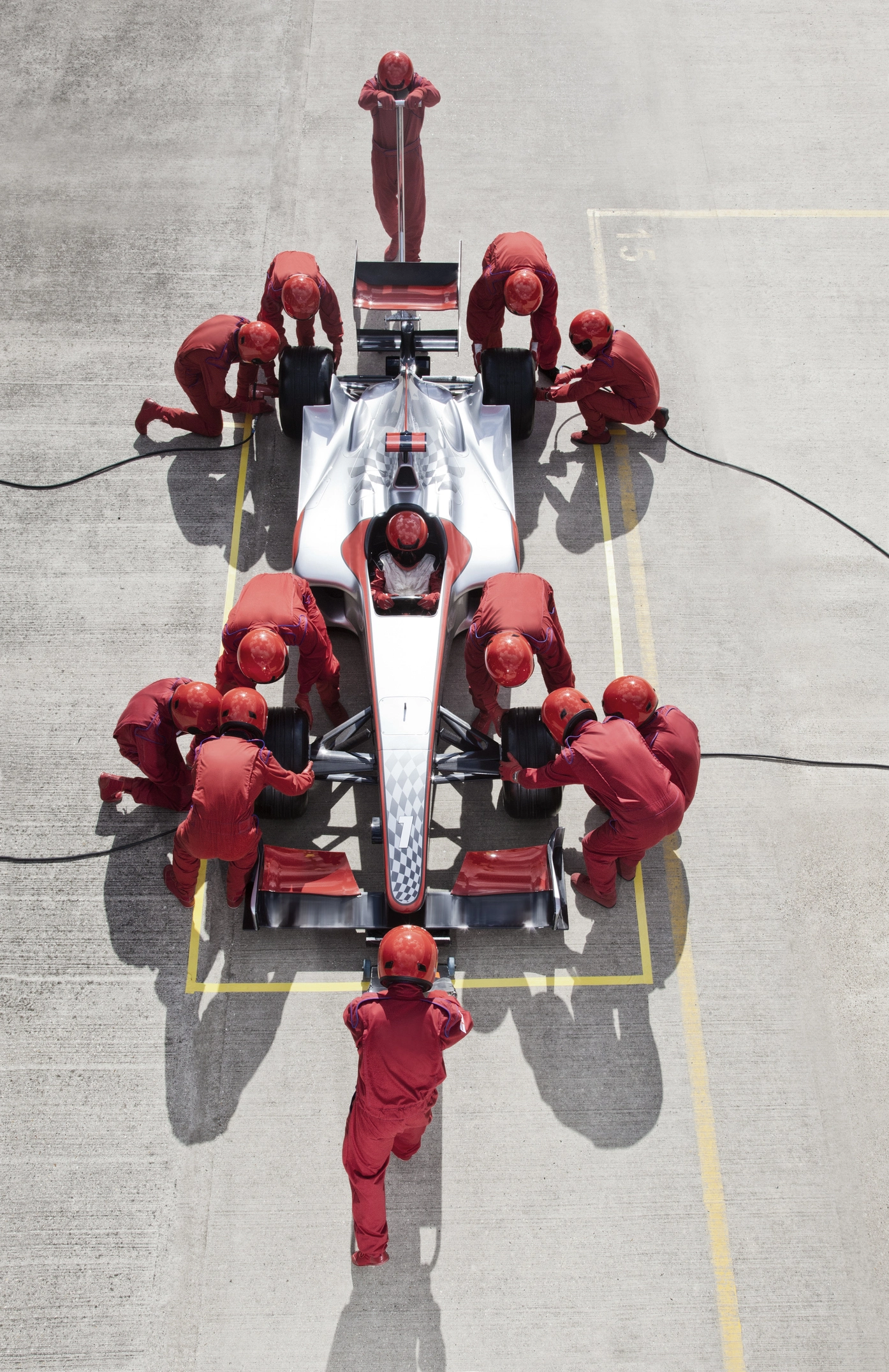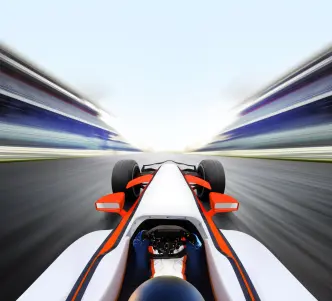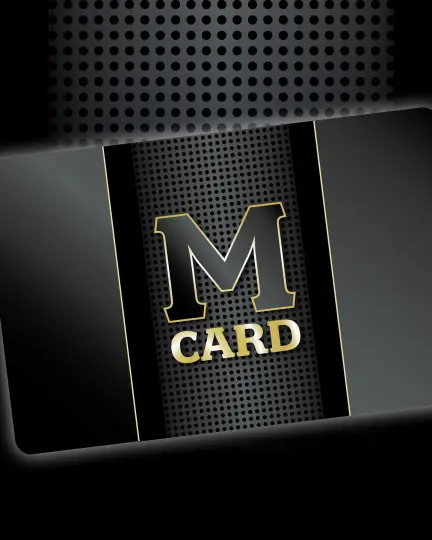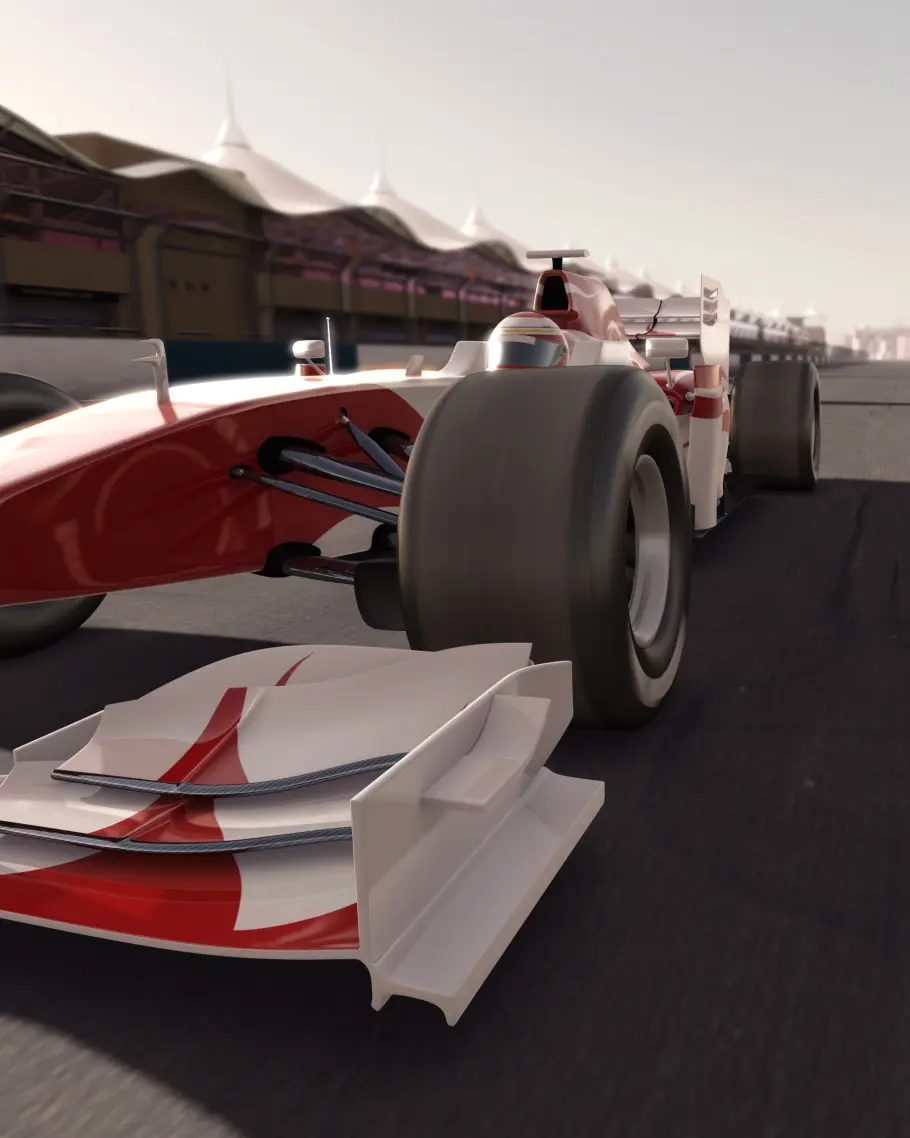
Formula 1 Rules and Bets
Pure adrenaline: roaring engines, the biting smell of burnt rubber, pit stops at breathtaking speed – this is the world of Formula 1. But what’s really behind this racing spectacle?
At a Glance: The 4-P Model for Formula 1 Rules & Betting
This motorsport is more than just full throttle and adrenaline – if you want to bet, you should know the basics. The following 4-P model shows how rules and betting interact in Formula 1:
- Pole → Qualifying & grid positions lay the foundation for the race and many betting options.
- Points → The top 10 placements decide the driver and team standings – crucial for season bets.
- Power → Tyre choice, pit stops, safety cars or penalties can turn races and odds in seconds.
- Prediction → From outright winner to special bet: smart tips arise from rules, strategy and timing.
- Pole, Points, Power and Prediction – if you keep the 4 Ps in mind, you’ll make every Grand Prix not only a race but also a strong betting experience.
The Premier Class of Motorsport – Formula 1 Rules Explained for Successful Betting
The Most Important Basics of Formula 1 Rules: How a Race Works
Ready to race? Time to put the rules for successful betting on pole position:
- Qualifying & Grid Positions: Before every Grand Prix, qualifying decides the starting grid. In three sessions (Q1, Q2, Q3), drivers compete for pole position – the front spot. Sounds like a clear advantage, but surprises are common: some drivers prefer to start further back to attack straight into the first corner.
→ For your bets this means: consider pole position, but don’t overestimate it. - Grand Prix – Race Duration & Process: A race usually lasts two hours or a fixed number of laps. Sounds simple – if it weren’t for the unpredictable: rain, safety cars or red flags can completely change the course of a race.
→ These moments are gold, because odds can shift in seconds. - Pit Stops: Pit stops are heartbeat moments. Tyre changes, minor repairs or wing adjustments must be executed in lightning speed. A botched stop costs places instantly, a perfectly timed stop can secure victory.
→ For betting fans interesting: often it’s not just the driver but the pit crew’s strategy that decides. - Points Allocation & Podium: The top ten drivers score points – 25 for the winner, 18 for second place, 15 for third, and so on down to tenth place. At the end of the season, the total decides the drivers’ and constructors’ championships.
→ For outright season bets this means: consistency is gold. Drivers who regularly make it to the podium are usually ahead in the title fight – and bring stable odds. - Tyres & Strategies: Soft, medium or hard – each compound has advantages and disadvantages in speed and durability. Teams plan one or more pit stops, adjusting strategies to weather or safety cars.
→ Particularly exciting for betting fans: a perfectly timed undercut can destabilise favourites, while an overcut has already enabled many surprises. Strategy is everything here. - Rules & Sanctions: Track limits, collisions or risky overtakes – infringements are consistently penalised in Formula 1. Time penalties, stop-and-go or grid penalties can push back even top favourites and turn entire races upside down.
→ For your bets this means: always consider the risk of penalties. Even a small mistake can topple podium finishes and odds – and regularly creates surprises.
Important to Know: New Qualifying Rule from 2025
As early as mid-2024, Formula 1 decided on a change that will apply from 2025: if qualifying cannot take place on a race weekend, the current drivers’ standings will determine the starting grid – goodbye to the arbitrariness of the stewards. This creates more fairness and transparency. In addition, if it is clear up to 75 minutes before the start that a driver cannot take part, their grid position will not remain vacant – other drivers automatically move up.
Conclusion: Favourites benefit more from qualifying cancellations – but if a top driver drops out at short notice, outsiders can suddenly start further up and cause odds surprises.
Which Formula 1 Betting Types Are There? Chances, Risks & Special Features at a Glance
| Bet Type | Short Explanation | Important for Your Bet |
| Outright Winner (Race/Season) | Bet on the winner of a race or the World Champion | Favourites have low odds, outsiders pay off in chaotic races |
| Podium Bets | Driver must finish in the top 3 (or top 6) | Good option for strong drivers who rarely win races |
| Pole Position/Qualifying | Who secures P1 in qualifying? | Strong one-lap pace is decisive, not always equal to race victory |
| Fastest Lap | Bet on the driver with the fastest lap | Outsiders often secure the extra point with fresh tyres |
| Head-to-Head | Direct duel: who finishes ahead at the flag? | Particularly interesting for team duels or close title rivals |
| Special Bets | Safety car, retirements, first pit stops | Ideal for risk-takers – odds often high |
| Outright Season Bets | Bet on drivers’ or constructors’ World Champion | Consistency over the season is more important than individual wins |
| |
| Bet on the winner of a race or the World Champion Favourites have low odds, outsiders pay off in chaotic races |
| Driver must finish in the top 3 (or top 6) Good option for strong drivers who rarely win races |
| Who secures P1 in qualifying? Strong one-lap pace is decisive, not always equal to race victory |
| Bet on the driver with the fastest lap Outsiders often secure the extra point with fresh tyres |
| Direct duel: who finishes ahead at the flag? Particularly interesting for team duels or close title rivals |
| Safety car, retirements, first pit stops Ideal for risk-takers – odds often high |
| Bet on drivers’ or constructors’ World Champion Consistency over the season is more important than individual wins |
Strategies, Influences & Rules for Your Formula 1 Bets
Formula 1 is unpredictable – and that’s exactly what makes betting at 300 km/h so thrilling. Here are the most important factors you should keep in mind for your bets:
Tip Box: Top 3 Key Factors for Your Formula 1 Bet
- Weather – rain chaos strengthens outsiders and makes odds unpredictable.
- Safety car – neutralises leads.
- Pit stops – perfect timing decides wins and head-to-head bets.
FAQ on Formula 1 Rules and Betting
Which important terms should I know about Formula 1 and the rules in order to bet?
To better assess races and odds, a small glossary is worthwhile. Here are the most important terms explained briefly:
- Pole Position – first grid slot, awarded to the fastest in qualifying.
- Safety Car / Virtual Safety Car – neutralises the race or slows the field digitally.
- DRS (Drag Reduction System) – technology to make overtaking easier.
- Undercut / Overcut – pit stop tactics that change positions.
- Fastest Lap – fastest lap of the race, earns one extra point.
- Stop-and-Go – penalty with time loss, often decisive for odds.
Why does tyre strategy play such a big role in Formula 1 betting?
Because soft, medium and hard compounds have different characteristics. A risky stint on soft tyres can decide a race – or ruin it. For betting fans this means: those who factor in tyre wear and pit stops have the advantage in outright or head-to-head bets.
What role do rules really play in Formula 1 betting?
Rules are the foundation of Formula 1 – they determine how a race starts, when penalties are handed out and which strategies are even allowed. For betting this means: those who understand the rules more quickly recognise why odds shift or why a favourite suddenly falls behind. Sometimes a single penalty decides victory or defeat – and with it your betting slip.
Can you recommend a good strategy for beginners placing bets?
Not a fixed strategy, but for beginners we recommend simple betting types:
- Podium bets are “safer” than outright wins, since several placements count.
- Head-to-head duels help you develop a feel for odds and driver form.
- Focus on basics like grid position, tyre strategy and team consistency – this way you’ll quickly recognise the most important influencing factors.
Especially for beginners the rule is: start cautiously, gain experience step by step, and then gradually try more complex markets.
